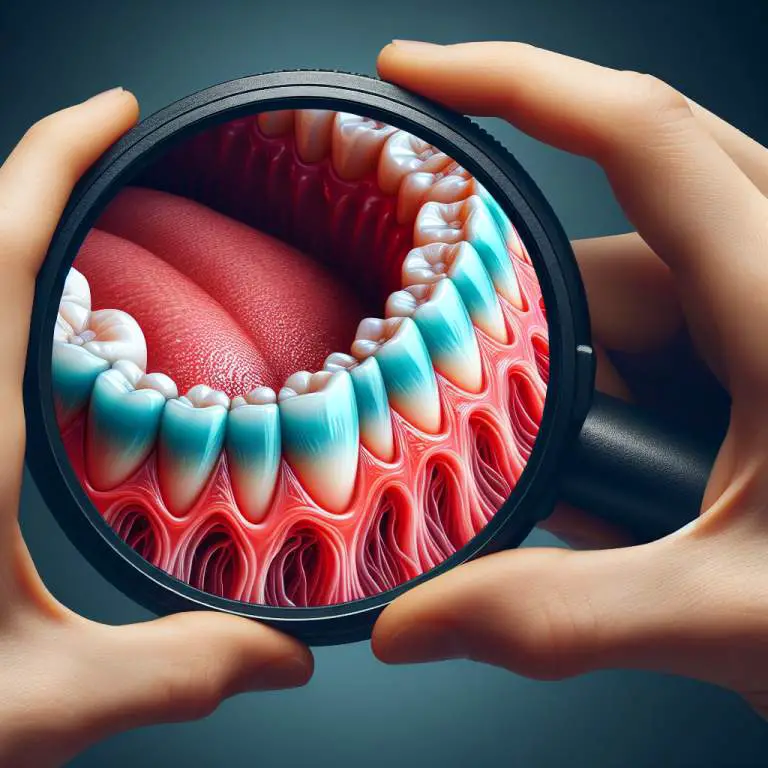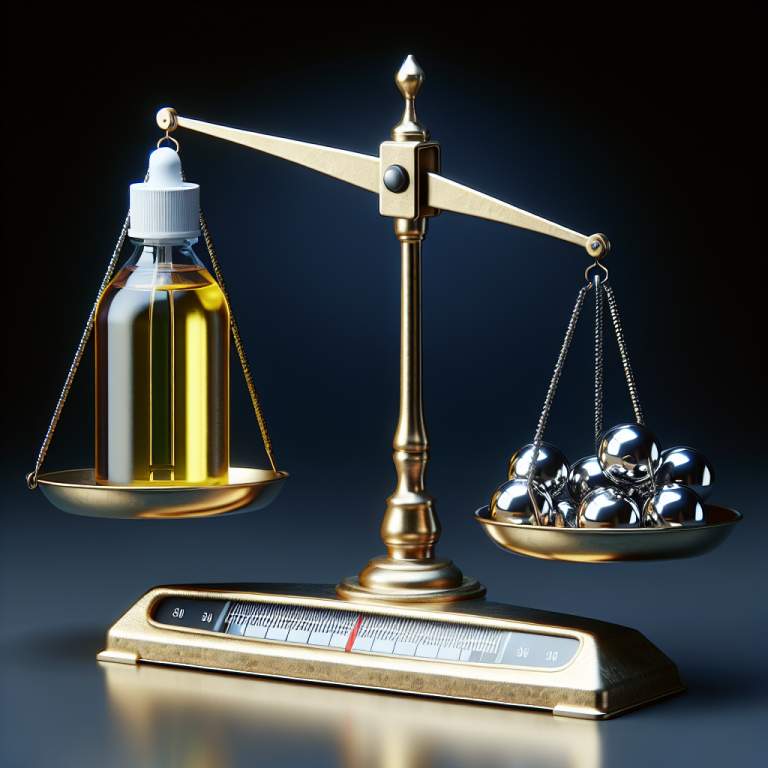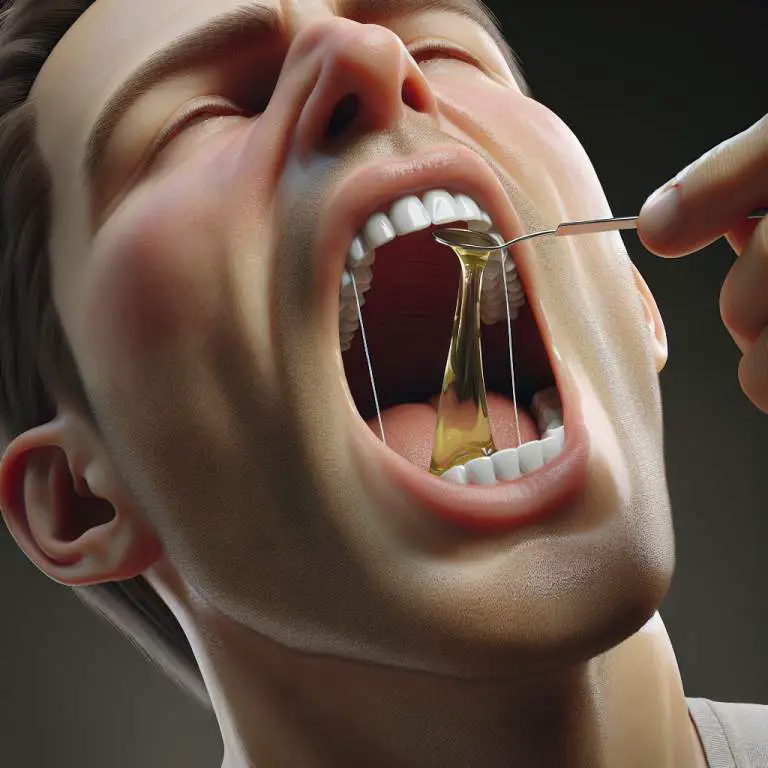How to safely incorporate oil pulling into your daily routine?
To safely add oil pulling to your daily routine, start by choosing a high-quality oil like coconut or sesame. Do it first thing in the morning before you eat or drink anything. Swish the oil in your mouth for about 15 to 20 minutes, then spit it out into the trash to avoid clogging your sink. Doing this once a day can help improve your oral health.

How can you start oil pulling in your daily routine?
Starting oil pulling in your daily routine is easier than you might think. First, choose a type of oil you want to use. Coconut, sesame, or sunflower oil are popular choices. Make sure you have a tablespoon of this oil ready to use every morning.
Next, right after you wake up and before you eat or drink anything, take the tablespoon of oil and swish it around in your mouth. Do this gently; there’s no need to use a lot of force. Think of it as rinsing your mouth with mouthwash, but with oil instead. This should become a part of your morning routine, just like brushing your teeth.
What are the best types of oil to use for oil pulling?
When it comes to oil pulling, not all oils are created equal. The best types of oil to use are coconut oil, sesame oil, and sunflower oil. Coconut oil is a favorite because it has a pleasant taste and is packed with antibacterial properties. It’s also solid at room temperature, making it easy to scoop out the right amount.
Sesame oil is another great choice because it has been used for centuries for its health benefits. It’s rich in antioxidants, which can help fight bacteria in your mouth. Sunflower oil is lighter and has a milder taste, which some people prefer. No matter which oil you choose, make sure it’s high quality and organic if possible.
When is the best time to do oil pulling?
The best time to do oil pulling is in the morning before you eat or drink anything. This is because your mouth is full of bacteria that have built up overnight. By doing oil pulling first thing in the morning, you can help remove these bacteria and start your day with a clean mouth.
Some people also like to do oil pulling on an empty stomach at other times of the day, such as before meals or in the evening before bed. However, the morning routine is generally considered the most effective time to practice oil pulling for oral health.
How long should you do oil pulling each day?
For oil pulling to be effective, you should aim to swish the oil around your mouth for about 15 to 20 minutes each day. This might seem like a long time, but it’s necessary to give the oil enough time to bind with the bacteria and toxins in your mouth.
If you’re just starting out, you might find it difficult to keep the oil in your mouth for that long. It’s okay to start with just 5 minutes and gradually increase the time as you get used to the sensation. The key is to be consistent and make oil pulling a regular part of your daily oral hygiene routine.
| Step | What To Do | When | How Often |
|---|---|---|---|
| 1 | Choose the right oil | Any time | Start with once a day |
| 2 | Measure 1 tablespoon of oil | Before brushing in the morning | Daily |
| 3 | Swish gently in your mouth | Before eating or drinking | For 5-20 minutes |
| 4 | Spit oil into a trash can | After swishing | After each session |
| 5 | Rinse your mouth with warm water | Immediately after spitting | After each session |
| 6 | Brush your teeth as usual | After rinsing | Every morning |
How often should you do oil pulling for the best results?
For the best results, you should do oil pulling every day. Making it a part of your morning routine can help you remember to do it regularly. It’s like brushing your teeth; doing it daily makes a big difference in your oral health.
Some people see changes in their teeth and gums after a few weeks of daily oil pulling. It’s important to keep going, even if you don’t notice results right away. Consistency is key to seeing benefits like fresher breath and whiter teeth.
Can oil pulling replace brushing and flossing?
No, oil pulling can’t replace brushing and flossing. Think of it as a bonus to your oral care routine. Brushing and flossing remove plaque and bacteria from your teeth and gums, which oil pulling can’t do alone.
However, adding oil pulling to your daily routine can boost your oral health. It can help fight bad breath and may even reduce some bacteria in your mouth. But remember, it’s an addition to brushing and flossing, not a replacement.
What are the possible side effects of oil pulling?
Most people can do oil pulling without any problems, but there are a few possible side effects. Some people might feel a bit sick to their stomach or have a sore throat after oil pulling. This usually happens if you’re not used to it or if you’re pulling for too long.
Also, make sure you don’t swallow the oil, as it’s full of bacteria and toxins from your mouth. If you do, it could upset your stomach. Always spit out the oil into a trash can, not the sink, to avoid clogging your pipes.
Who should avoid oil pulling?
While oil pulling is safe for most people, there are a few who should avoid it. If you have any dental issues, like loose fillings or crowns, talk to your dentist before you start. The pulling action could make these problems worse.
Children should also be careful with oil pulling. They might accidentally swallow the oil, which isn’t good for them. If you’re not sure if oil pulling is right for you or your family, it’s always a good idea to ask a dentist.
Final Thoughts
Oil pulling can be a great addition to your oral health routine if done correctly and consistently. Remember, it’s not a cure-all, but it can help improve your mouth’s overall health. Just don’t forget to keep brushing and flossing every day.
And, if you’re ever unsure about oil pulling or if it’s right for you, talking to a healthcare professional is a smart move. They can give you personalized advice based on your health needs. So, why not give oil pulling a try and see how it works for you?







